9 GPTs for Coin Identification Powered by AI for Free of 2025
AI GPTs for Coin Identification are advanced machine learning models, specifically Generative Pre-trained Transformers, tailored for recognizing, analyzing, and providing information about various coins. These tools leverage the power of AI to interpret images or descriptions of coins, aiding in tasks such as authentication, valuation, and historical research. By integrating cutting-edge technology, these GPTs offer precise and efficient solutions for coin identification, catering to enthusiasts, collectors, and professionals in numismatics.
Top 9 GPTs for Coin Identification are: Numi,Experto en Monedas,! Coin Expert !,Coin Scout,Guía Numismática,Coin Connoisseur,Numismatic,CoinGPT 🪙,Numismatic Nexus Assistant
Numi
Unravel Coin Mysteries with AI
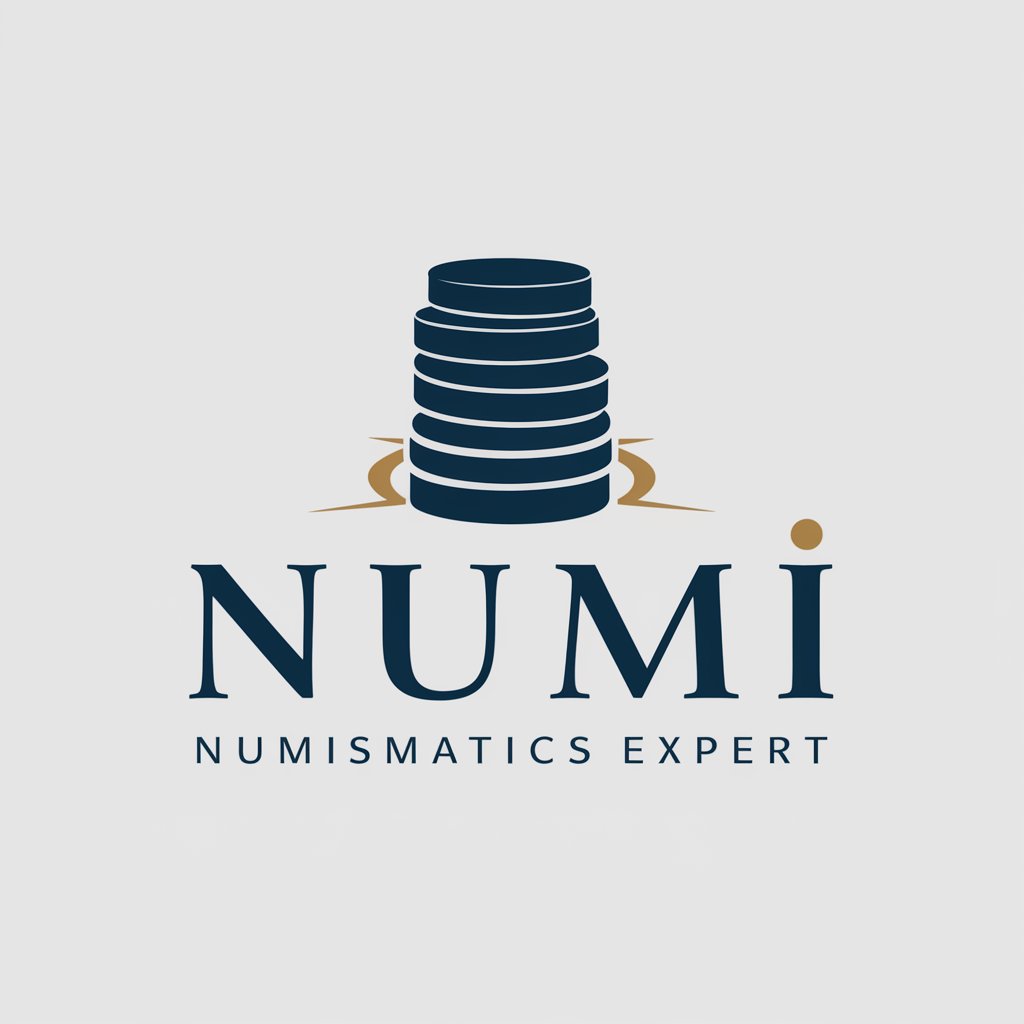
Experto en Monedas
Unlock Your Coin's Secrets with AI
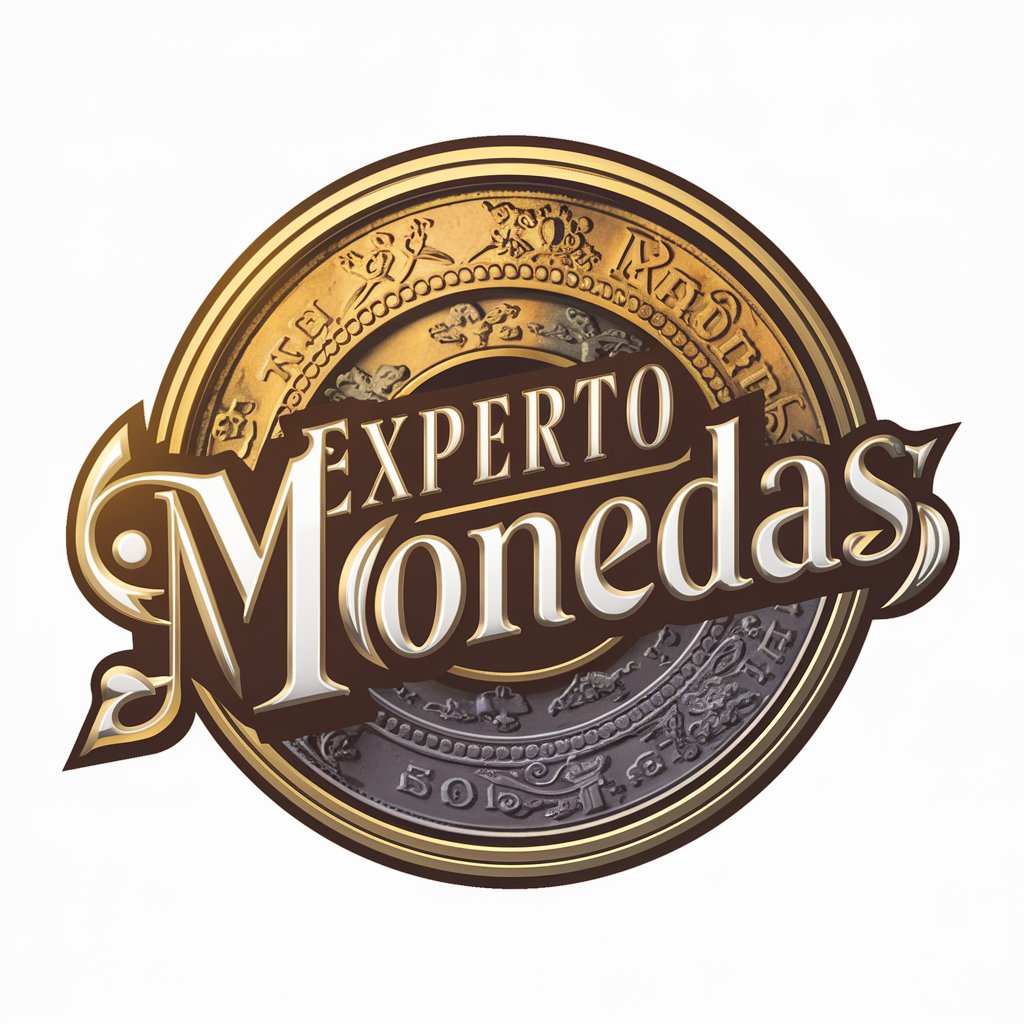
! Coin Expert !
Unlock the Secrets of Coins with AI

Coin Scout
Identify and value coins with AI precision.
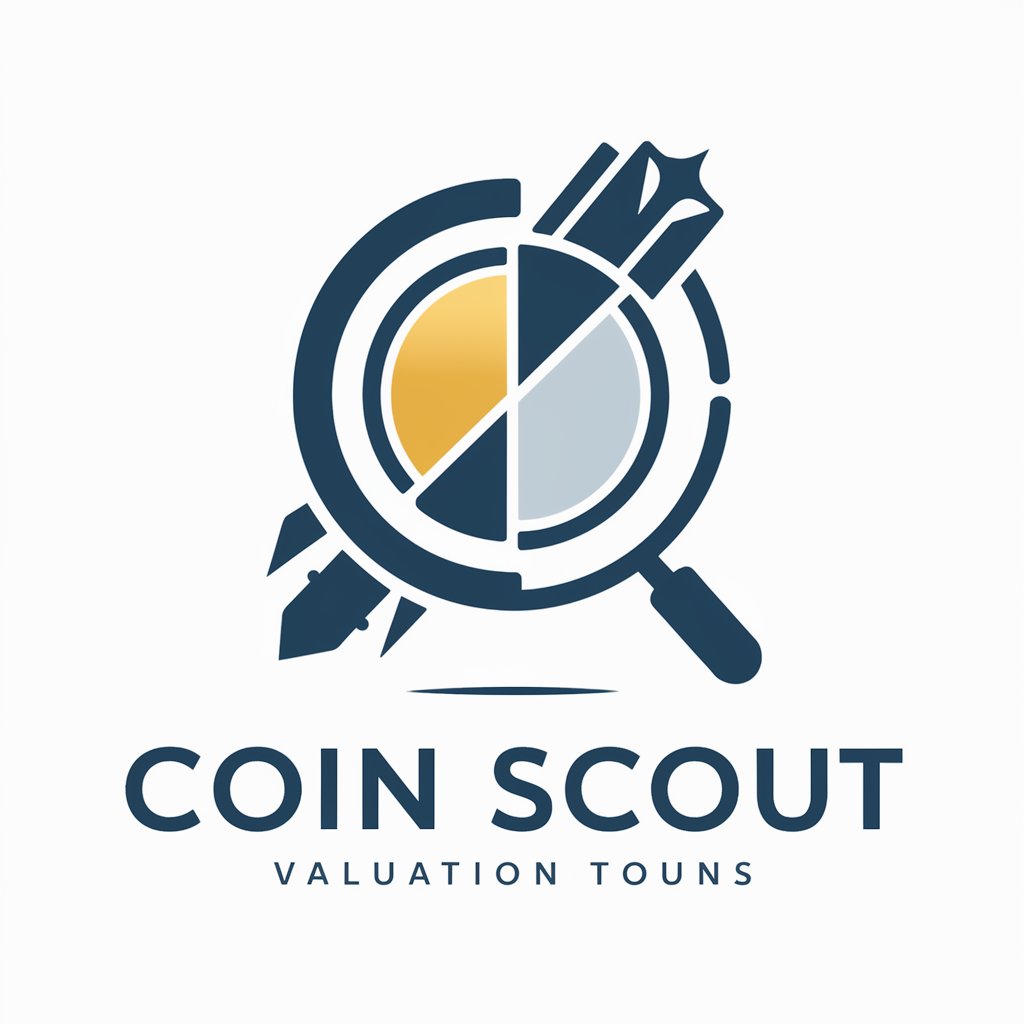
Guía Numismática
Unlocking the World of Coins with AI

Coin Connoisseur
Unlocking History, One Coin at a Time

Numismatic
Discover the value in every coin.
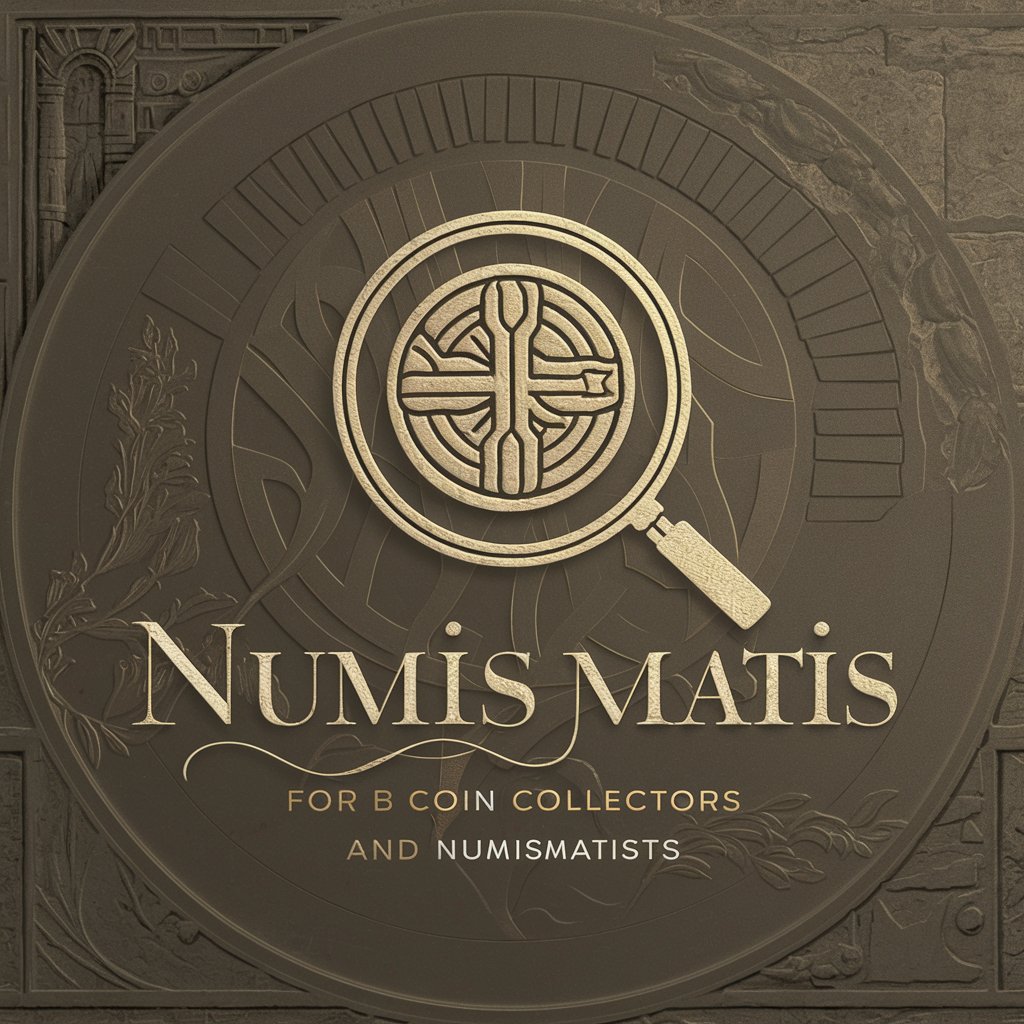
CoinGPT 🪙
Empowering Numismatists with AI
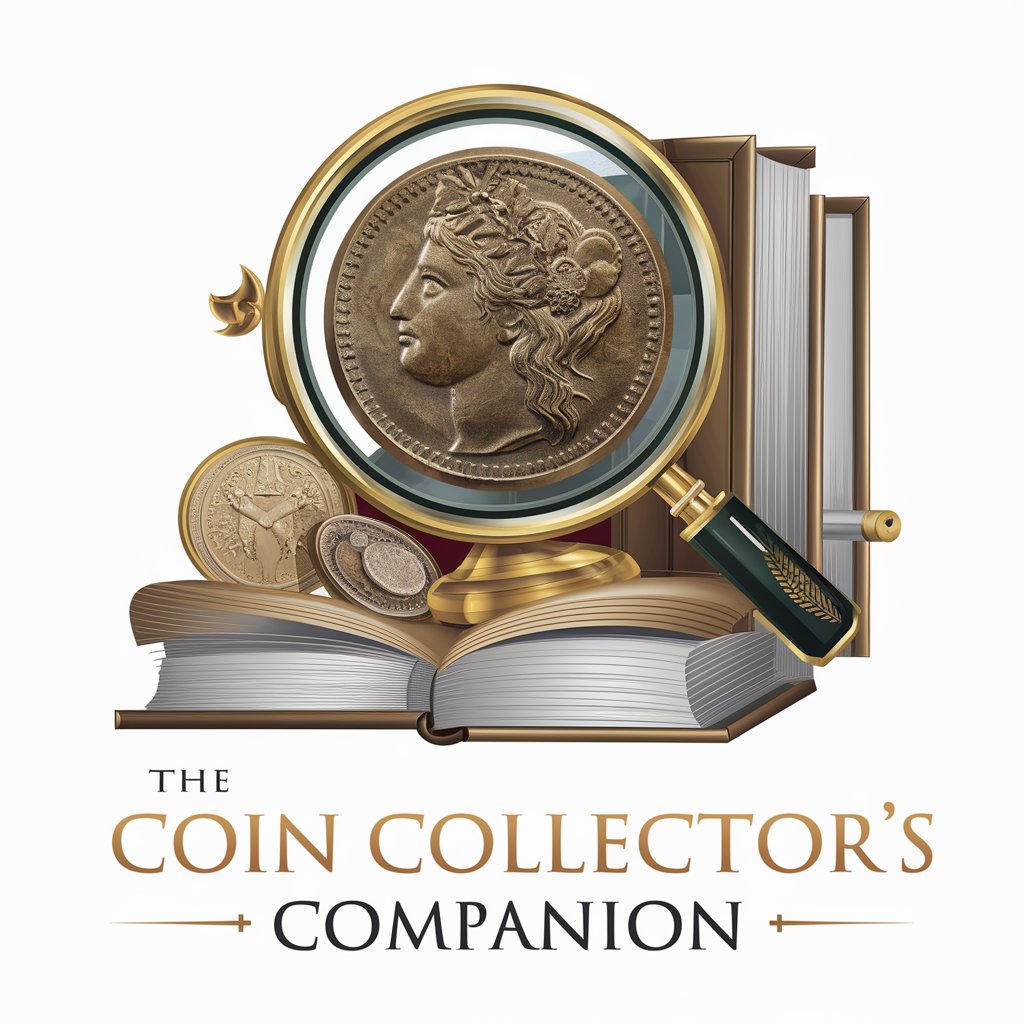
Numismatic Nexus Assistant
Unlocking the Secrets of Coins with AI
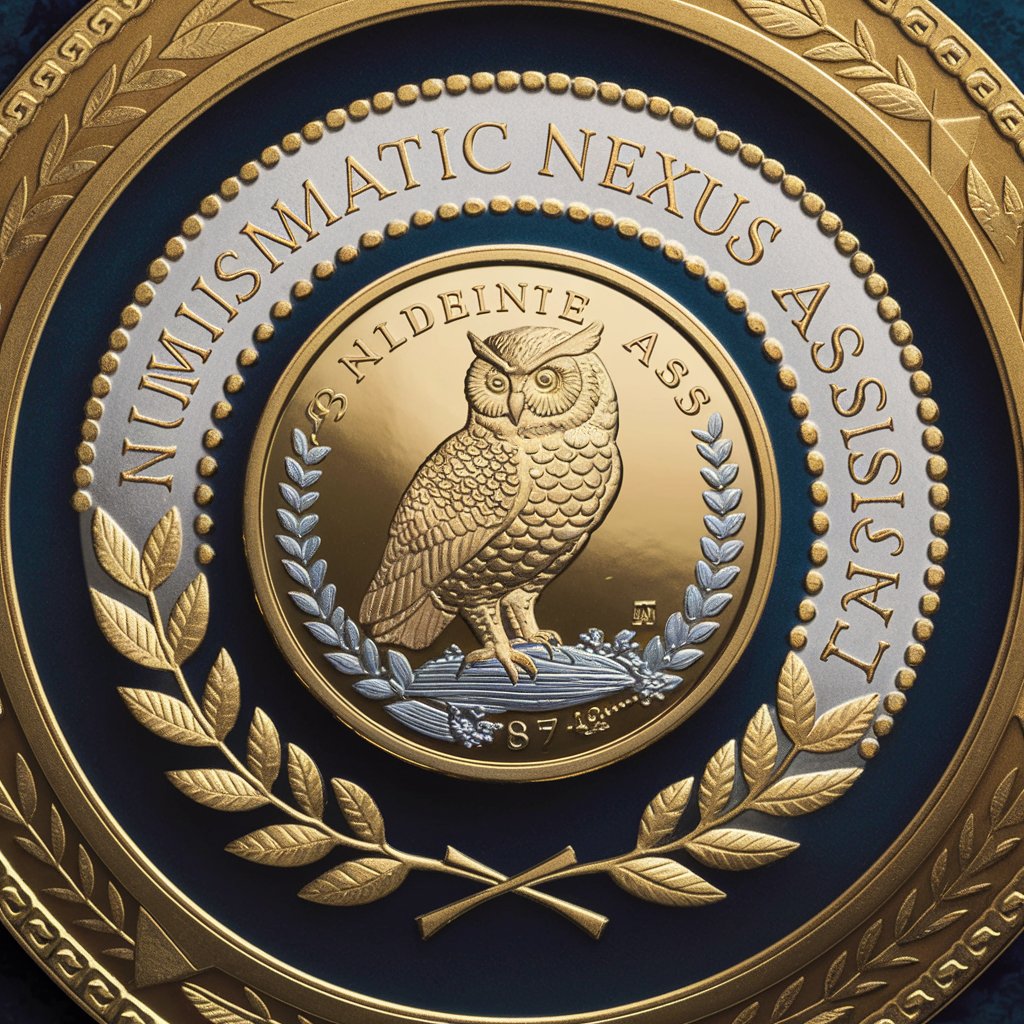
Essential Attributes and Functions
AI GPTs for Coin Identification come equipped with features such as image recognition to accurately identify coins from images, natural language processing for understanding and responding to queries about coins, and data analysis for valuation and historical context. These tools are adaptable for various complexity levels, from basic identification to detailed analysis of coinage history. Special features include the capability to learn and improve over time, support for multiple languages, and integration capabilities with databases and web resources for comprehensive coin analysis.
Who Benefits from Coin Identification AI
These AI GPT tools are designed for a wide range of users, from hobbyists and coin collectors to numismatic professionals and academic researchers. They offer an accessible platform for novices without technical backgrounds, thanks to user-friendly interfaces, while also providing robust customization options for developers and researchers with programming skills. This makes it an invaluable resource for anyone looking to deepen their understanding of coinage, its history, or its value.
Try Our other AI GPTs tools for Free
Numismatic Research
Discover the cutting-edge AI GPT tools tailored for numismatic research, enhancing coin study with advanced analysis, identification, and historical insights.
Startup Showcasing
Explore AI GPTs for Startup Showcasing: Tailored AI solutions designed to elevate startup presentations, marketing, and strategic planning with cutting-edge technology.
Manual Testing
Explore AI GPTs for Manual Testing: revolutionize your testing process with our advanced AI tools designed to enhance efficiency, reduce effort, and improve test quality.
Parenting Insights
Discover how AI GPTs for Parenting Insights can transform your parenting journey with personalized advice, educational resources, and tailored support, all powered by advanced AI technology.
Motivational Conversations
Discover how AI GPTs for Motivational Conversations can inspire and uplift you with personalized, engaging dialogues. Perfect for individuals seeking motivation and professionals looking to integrate supportive tools.
Urban Commuting
Discover how AI GPTs revolutionize urban commuting, offering personalized, efficient, and sustainable travel solutions through advanced data analysis and predictive technology.
Enhanced Solutions Through AI in Numismatics
AI GPTs for Coin Identification signify a leap forward in numismatic research and collection management. They not only simplify the identification and valuation process but also open new avenues for historical research. With user-friendly interfaces and potential for system integration, these tools are set to revolutionize how we interact with and understand coins from different eras and regions.
Frequently Asked Questions
What exactly can AI GPTs for Coin Identification do?
They can identify coins from images or descriptions, provide historical context, estimate value, and answer various questions about coins.
Do I need coding skills to use these AI GPT tools?
No, these tools are designed to be user-friendly for individuals without programming knowledge, though they also offer customization options for those with coding skills.
Can these tools recognize coins from any country?
Yes, they are capable of recognizing and providing information on coins from various countries and historical periods, depending on their training data.
How accurate are AI GPTs in identifying coins?
The accuracy can be very high, but it depends on the quality of images, the tool's training data, and its learning algorithms.
Can these tools help with coin valuation?
Yes, they can analyze historical data, market trends, and specific coin features to provide valuation estimates.
Are there any customization options for specific research needs?
Yes, developers can customize these tools for specific projects, integrating them with external databases or tailoring the AI to focus on particular coin types or periods.
How do AI GPTs for Coin Identification learn and improve?
These tools use machine learning algorithms that allow them to learn from new data, user interactions, and feedback, continuously improving their accuracy and functionality.
Can these tools integrate with my existing numismatic database?
Yes, with programming knowledge, you can integrate these AI GPT tools with your existing databases to enhance their functionality and the breadth of information they can access.